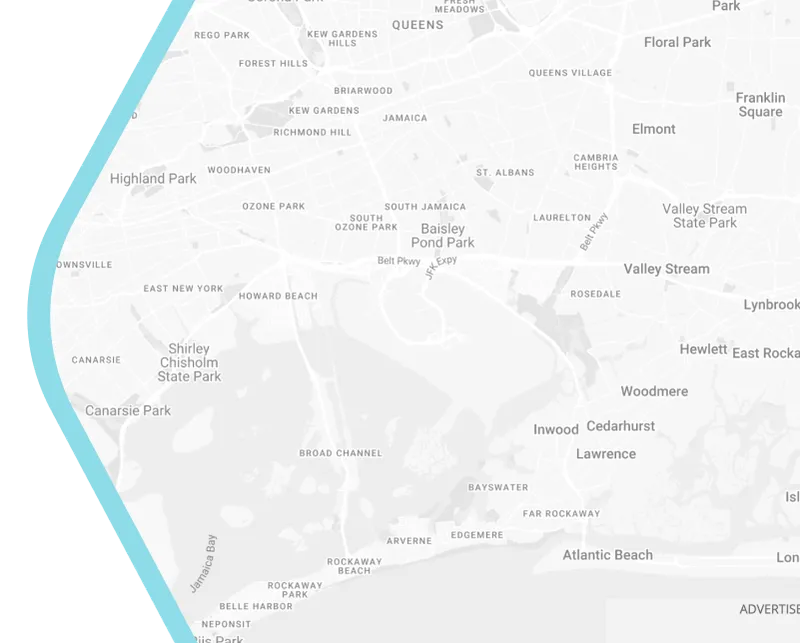
September 16, 2022
Urban Planning Strategies to Improve Subjective Well-being
Mouratidis (2021) study revealed that the quality of our built environment, including in cities influence our subjective well-being.
Mouratidis (2021) study revealed that the quality of our built environment, including in cities influence our subjective well-being. Some strategies that cities can adopt to improve the SWB through its urban planning are as follow:
- Integrate urban nature in various forms and provide easily accessible, socially inclusive public spaces. Open green space and public spaces reduce stressor (noise, pollution, heat), boos the opportunities for social interaction that improve the individual and social well-being
- Provide easy, equitable access to a diversity of facilities and services including education, healthcare, family, culture, shopping, and physical exercise and improve the active travel and public transport facility. This will improve the leisure, travel and fulfilment satisfaction in city living as well as improve physical and social activity.
- Keep well-maintained, tidy and aesthetically pleasing buildings/public space urban spaces, urban vegetation, and transport systems. This may improve the sense of safety and improved emotional state of the citizen.
- Reduce socio-spatial inequalities; provide support for housing and transport
for vulnerable groups including more public participation and civic empowerment in the planning process. This Improved residential well-being; participation in activities and needs fulfillment; and improved life chances for vulnerable groups
Reference
Mouratidis, K. (2021). Urban planning and quality of life: A review of pathways linking the built environment to subjective well-being. Cities, 115, 103229.
Level 5/447 Collins St, Melbourne VIC 3000, Australia
1300 075 167
